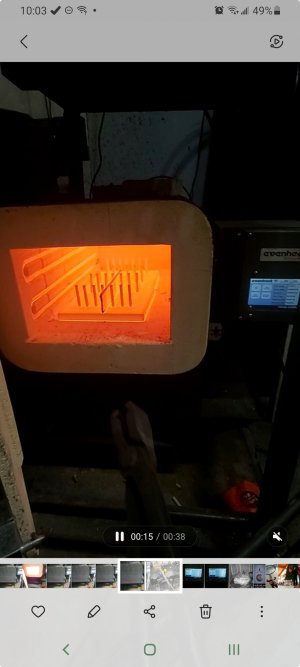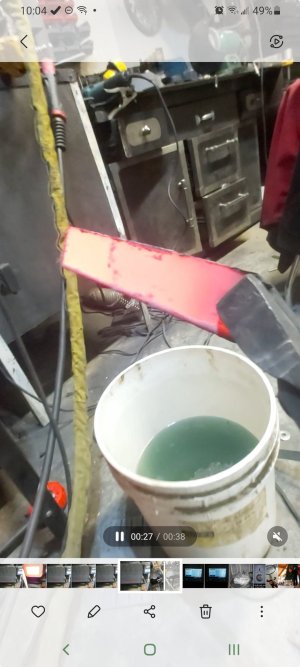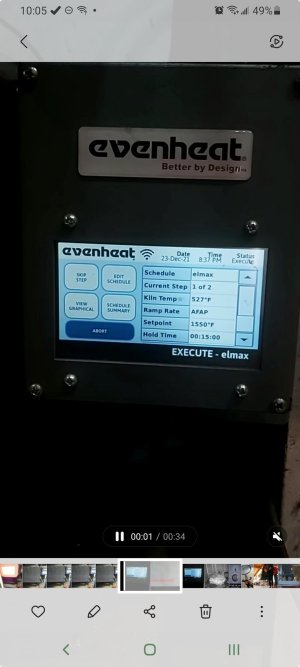I also decided to make the back of the blade serrated. The front edge of the blade has excellent edge retention by NitroV's high nitrogen and the hardening I performed.
I am very happy with the blade but it wasn't perfect, because I happened to make the mistake of tapering the teeth. With the tips of the teeth thiner than the blade they don't allow the rest of the blade to pass through when using the saw, regardless of how sharp the teeth are.
Last edited:




